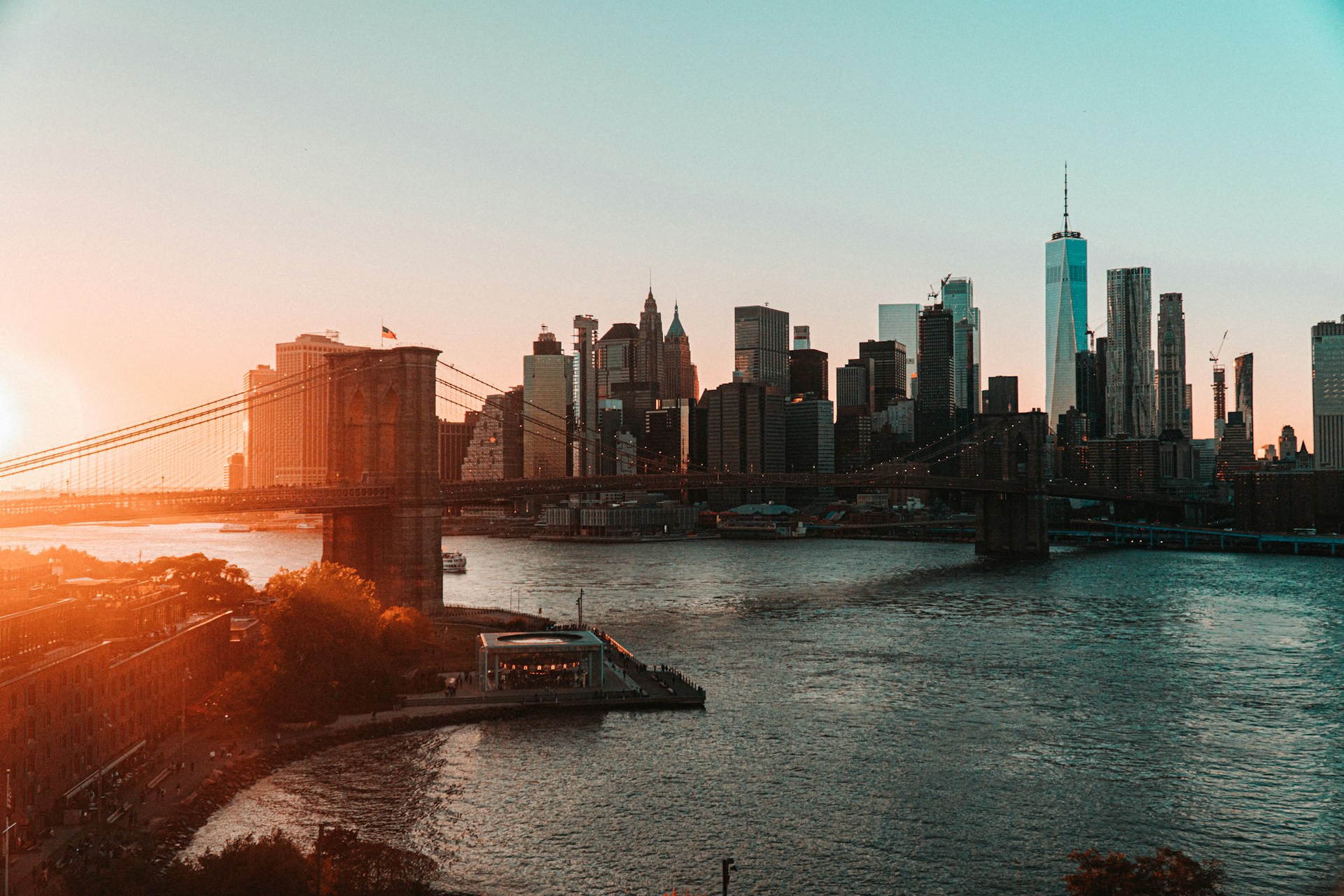Reputation sticks faster than nuance. Many American neighborhoods live under a cloud shaped by headlines, decades of disinvestment, and the easy shorthand of outsiders. Yet daily life here is more complicated than a scare story. Families build routines, small businesses anchor corners, and local leaders keep pushing for safer streets and steadier opportunity. The truth sits in the tension between risk and resilience, and in the way communities keep showing up with patience and grit.
Skid Row, Los Angeles
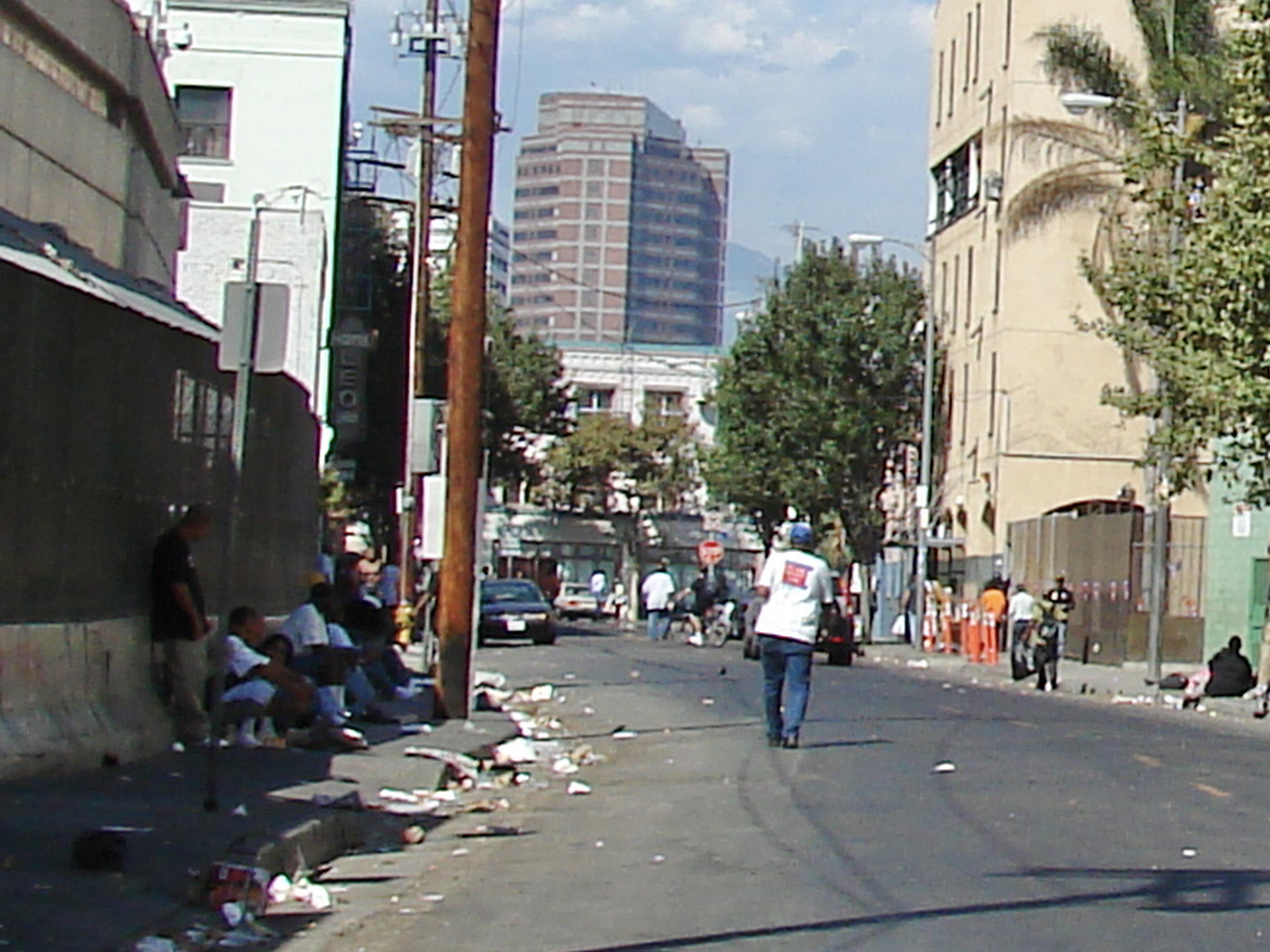
Skid Row became shorthand for visible poverty in a dense stretch of downtown where shelters, missions, and encampments cluster near warehouses. Survival happens in public view, which feeds a harsh image and invites quick judgment. The reputation is stark, but so is the web of outreach shifts, mobile clinics, and church kitchens that hold people together. Artists document the neighborhood with care, and advocates keep pushing housing over sweeps. Crisis is evident, yet so is the daily labor of mercy.
Kensington, Philadelphia
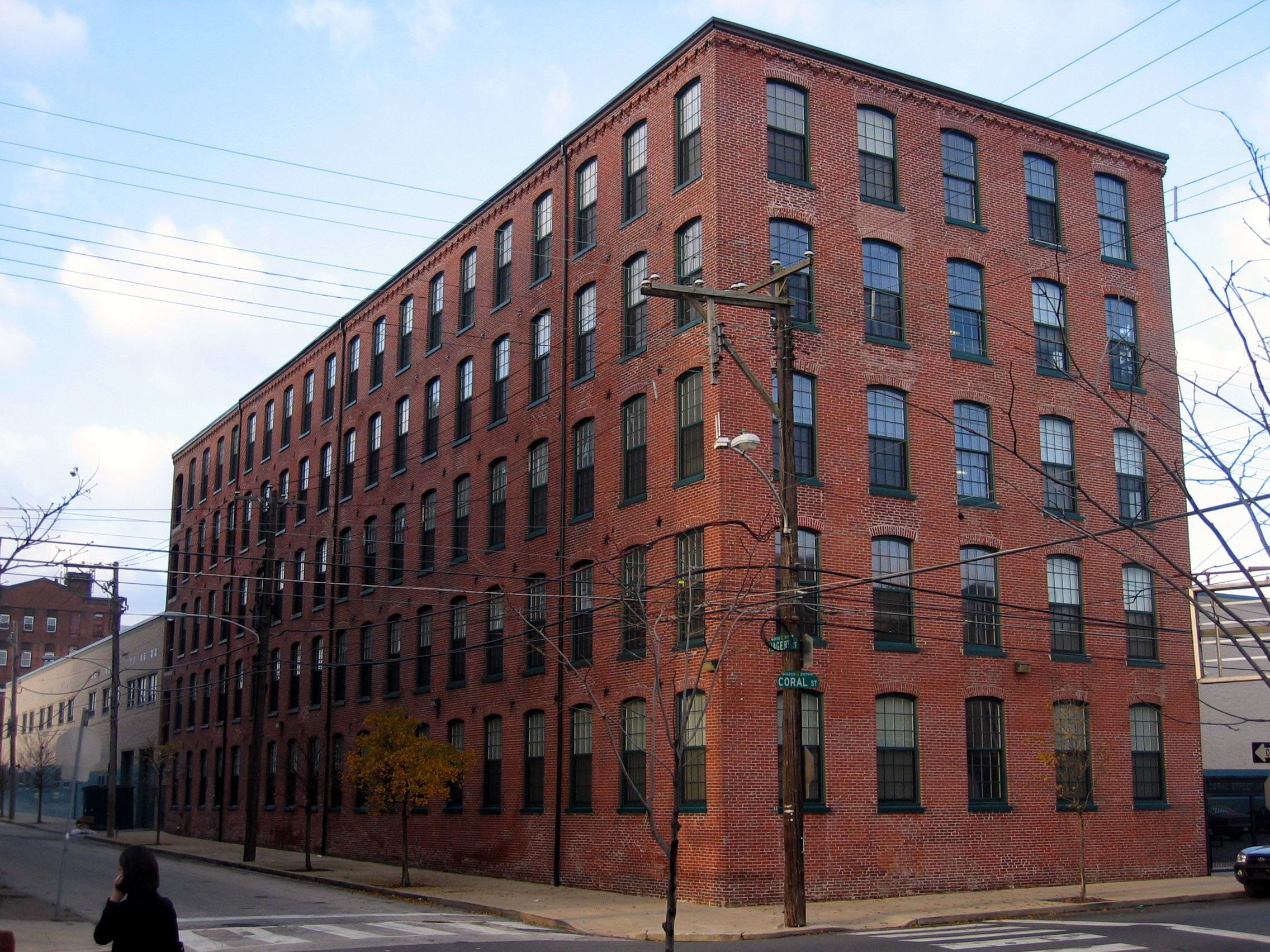
Kensington’s name travels with stories of open air drug markets and the rail corridor where encampments once multiplied. Longtime residents, storefront churches, and block captains never left, holding the line through school drives and weekend cleanups. Transit links and sturdy rowhouses still suit families, even as the opioid crisis keeps pressure high. Mutual aid groups set tables at corners, check in by name, and stack small wins that rarely trend. The story is not tidy, but it keeps moving forward.
Tenderloin, San Francisco
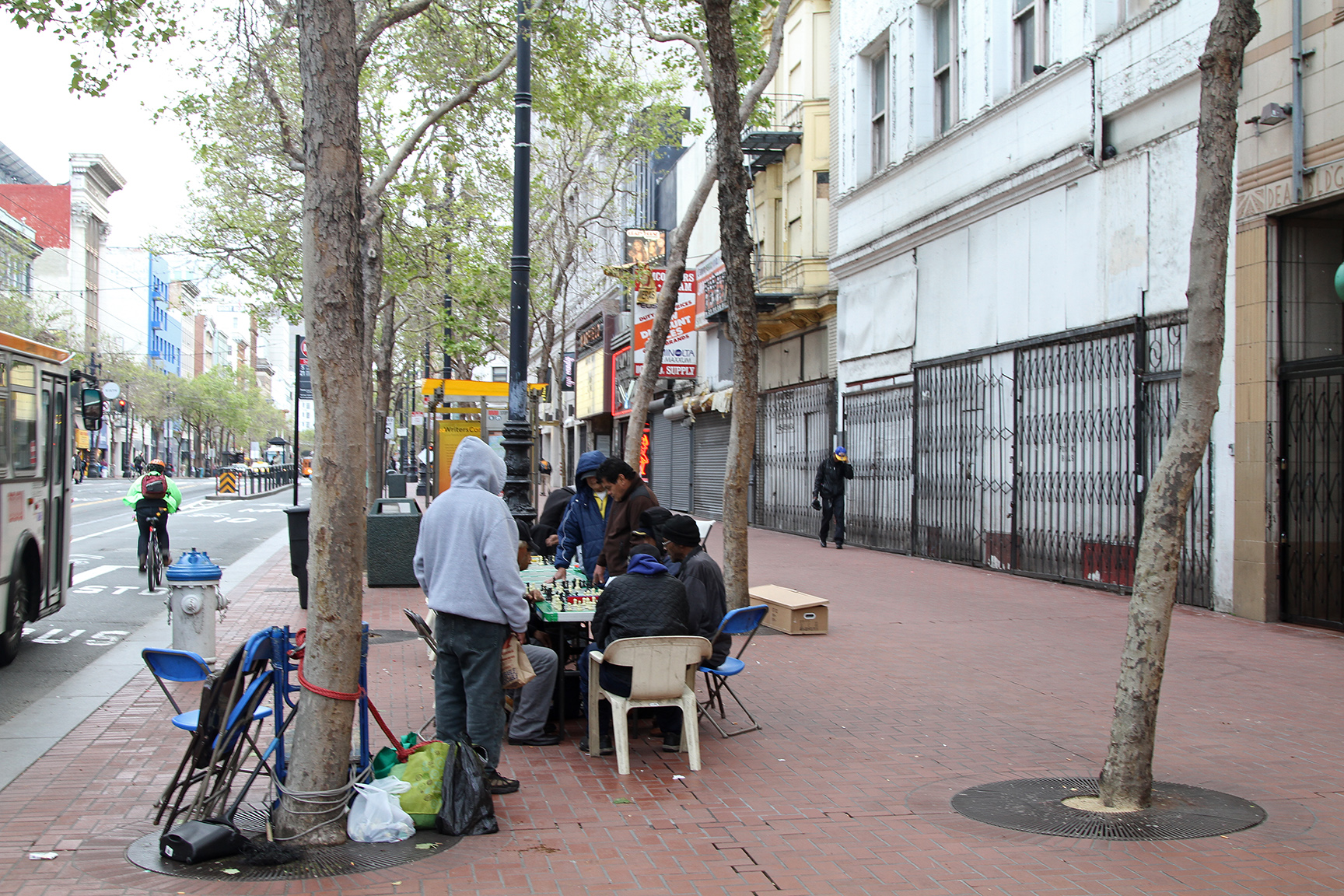
The Tenderloin carries an old reputation for vice layered with the modern housing emergency. Social services, single room hotels, and community kitchens make it both a safety net and a flashpoint. Murals, youth centers, and legal clinics add texture the headlines miss. Residents argue for balance between enforcement and housing first solutions that actually stick. It remains a place where the city confronts itself in daylight. Trouble is real, but so is a conscience that refuses to look away.
Englewood, Chicago
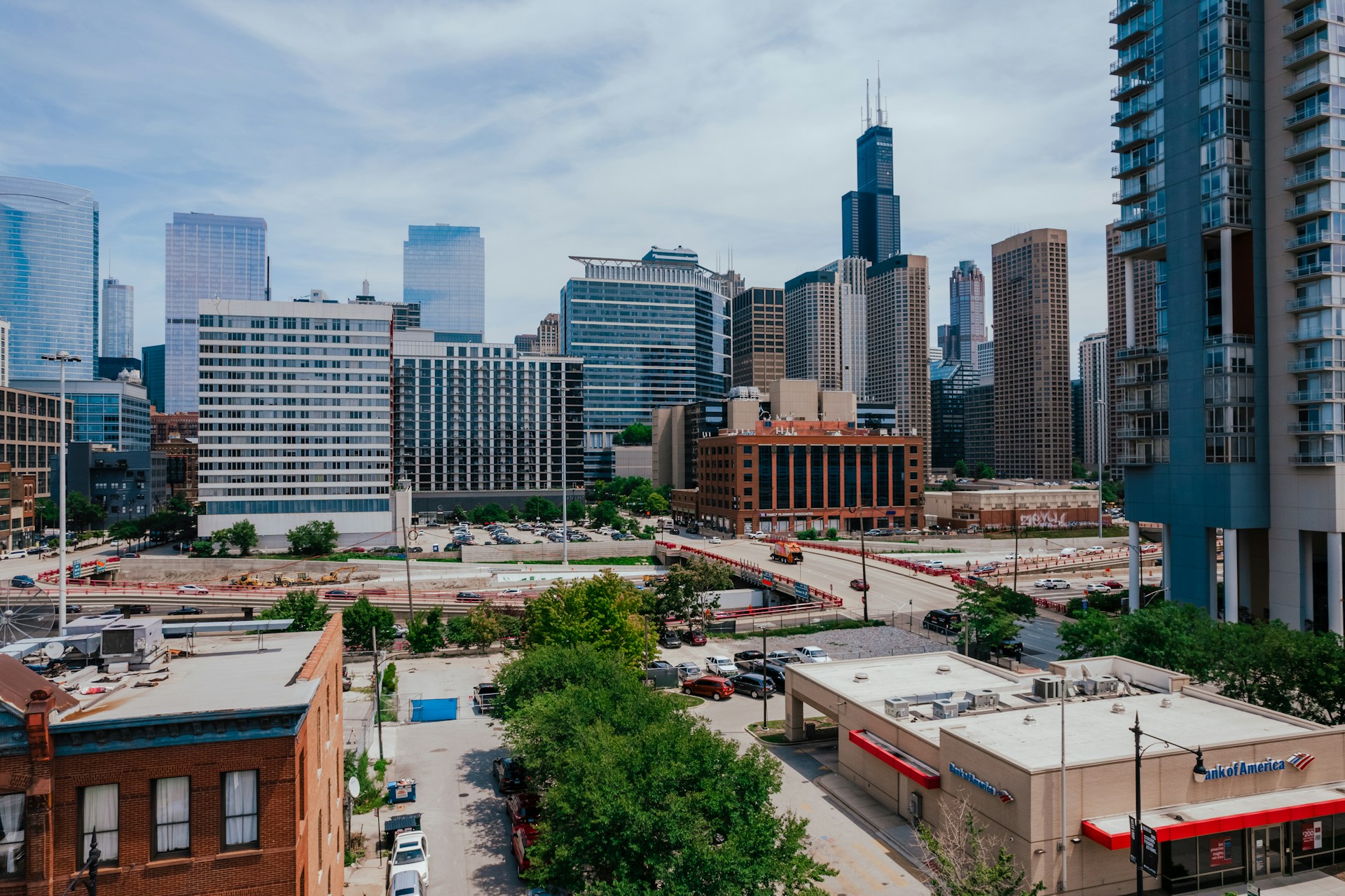
Englewood is too often reduced to a number, yet block clubs, school gardens, and new small businesses show another current. Factories closed, population fell, and vacant lots multiplied, leaving trauma in the open. Community groups mentor teens, coach entrepreneurs, and fight for grocery access where options thinned. A rebuilt rail line and urban farms hint at what steady investment can do when it respects the people already rooted. Progress here is measured in seasons, not news cycles.
Brightmoor, Detroit
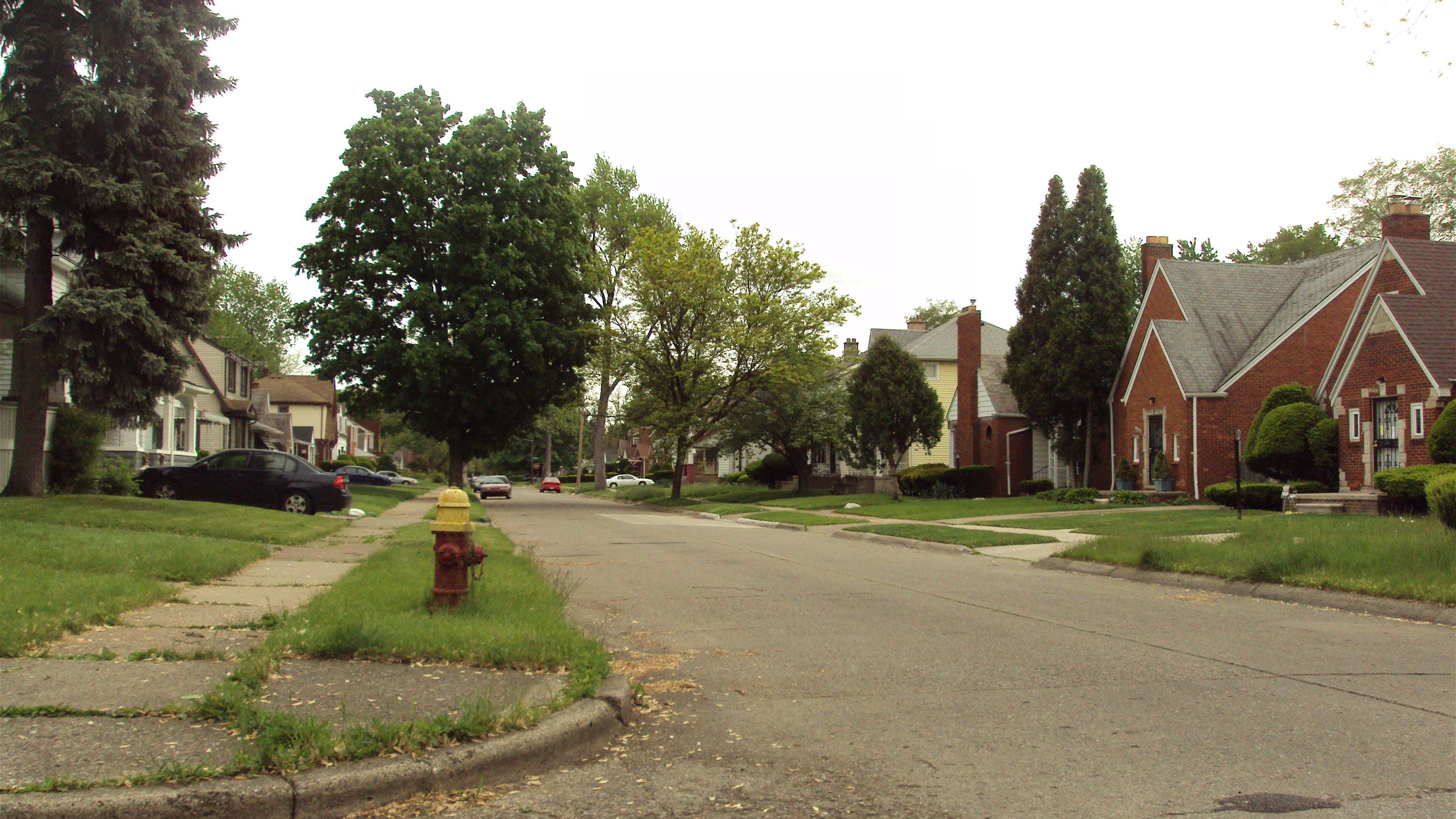
Brightmoor’s reputation rose from foreclosures, arson waves, and long stretches of empty streets. In response, neighbors turned lots into meadows, gardens, and pocket parks that stitch together a new fabric of care. The pace remains uneven, but stewardship is visible in block cleanups, painted porches, and shared tool sheds. Artists and teachers run programs that keep kids close to home and connected. The future is not flashy. It is stubborn, green, and built with patient hands.
Sandtown Winchester, Baltimore
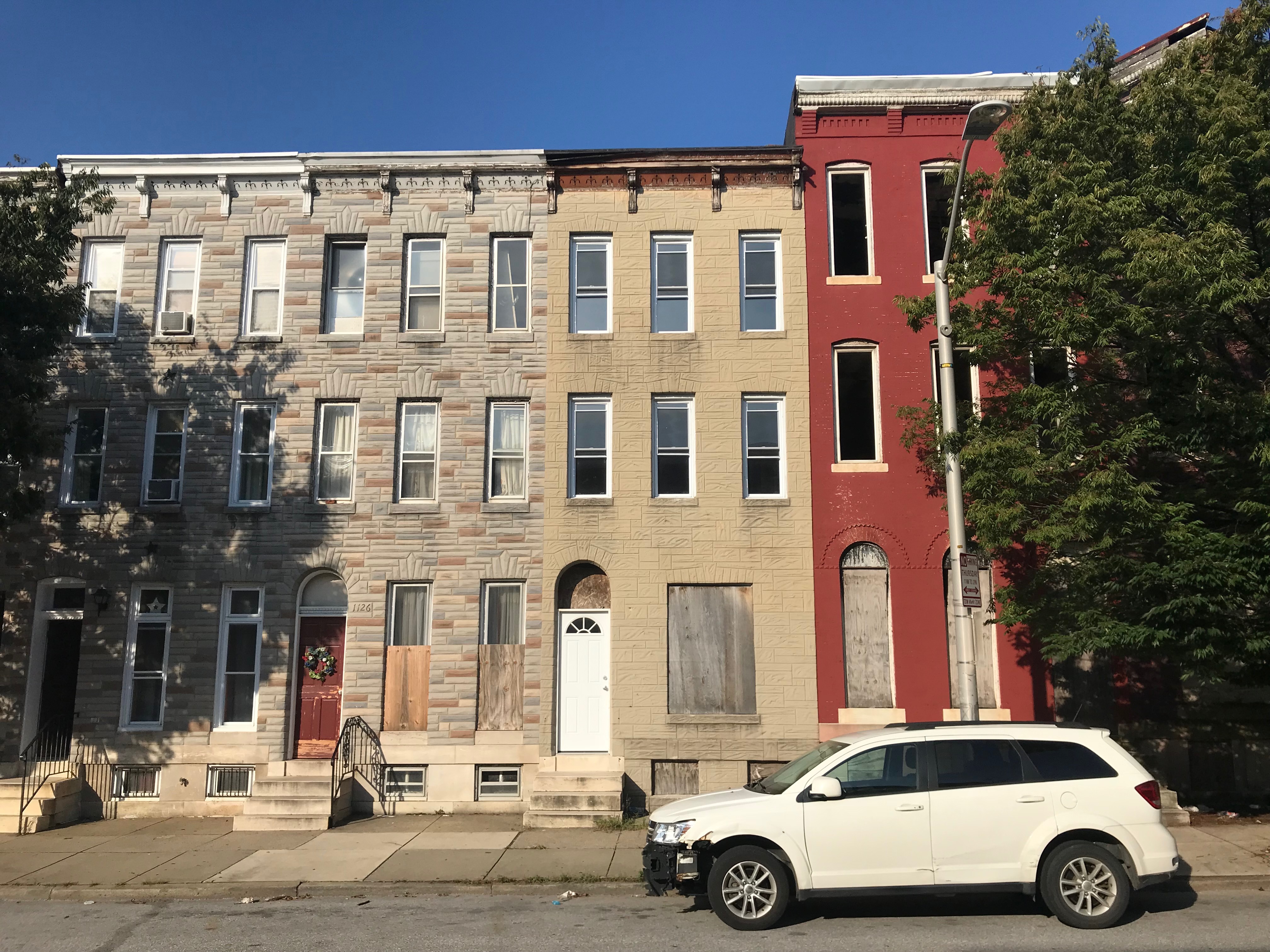
Sandtown Winchester sits in the national memory for unrest and hard headlines. Locals know the deeper story of union halls, stoops, and choirs that steady families across generations. Vacant properties and job loss fuel worry, yet trades training, home repair grants, and arts programs offer footholds. Corner stores partner on safer blocks while health workers take blood pressure between greetings. Change adds up in lived time. Quiet victories measured in lights on, doors open, and kids walking home together.
Liberty City, Miami
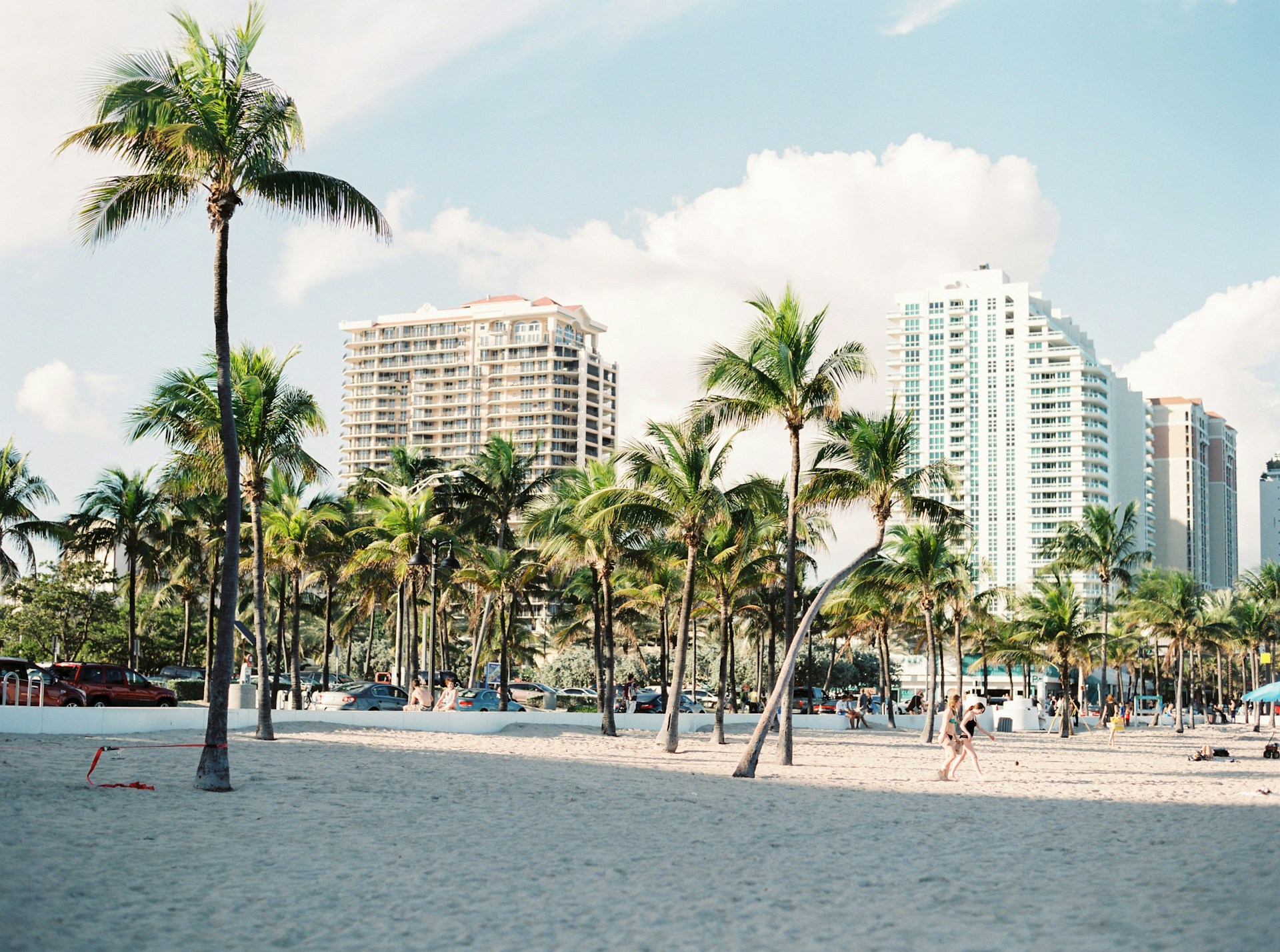
Liberty City carries the weight of historic segregation and economic isolation within a region known for gloss. Community centers, youth football, and murals honoring local heroes shape a strong civic spine. Developers circle with promises that residents hope will not mean exile. Small bakeries, barber shops, and churches keep the cadence of daily life through heat and storm season. Reputation is loud here, but belonging speaks louder, especially when neighbors plan safety from the ground up.
Anacostia, Washington DC
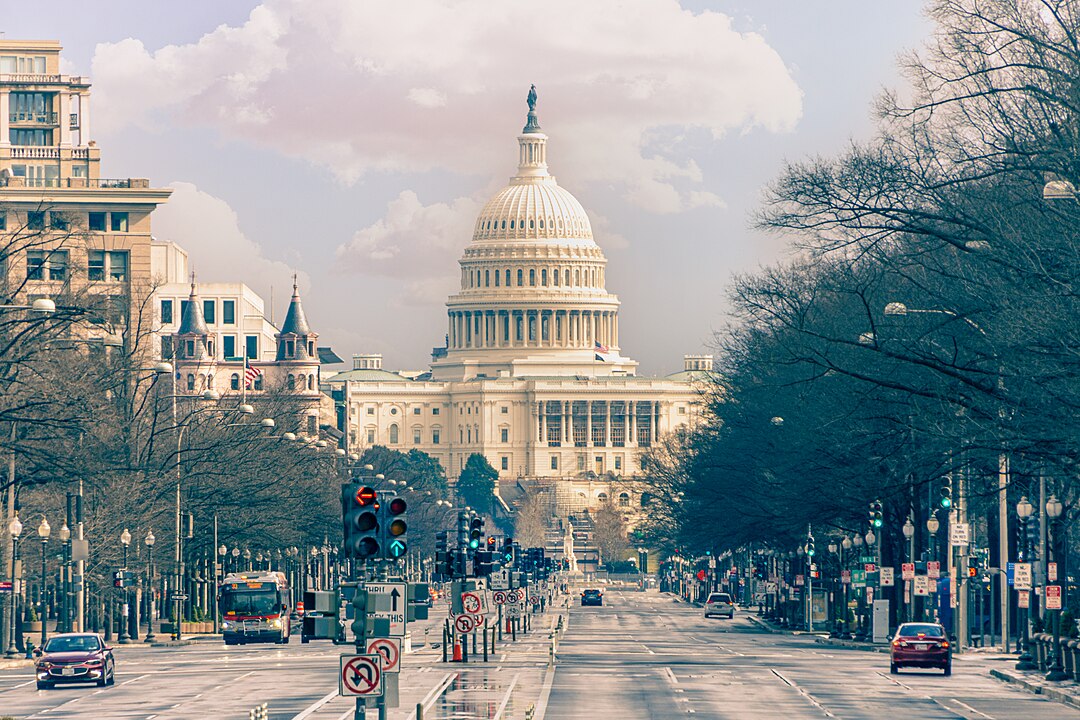
Anacostia’s bad rap travels faster than the progress now visible on Martin Luther King Jr Avenue and the riverfront. Longstanding churches, museums, and new trails share space with boarded storefronts and cranes. Activists push for affordable units and transit that respects people already rooted on these hills. Murals honor Frederick Douglass and local mentors lifting the next class. The neighborhood leans on history while insisting that safety grows from stability, not displacement dressed up as renewal.
Third Ward, Houston
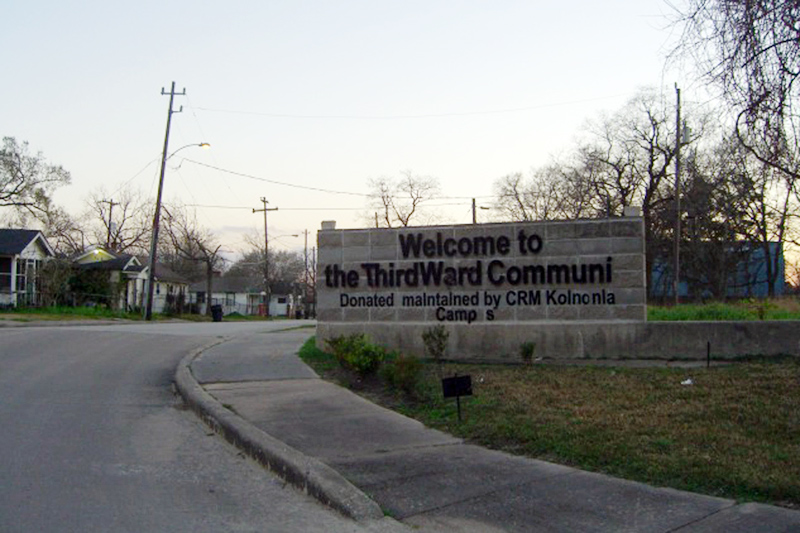
Third Ward blends civil rights history with present day pressure from fast growth. Elders host fish fries on quiet streets while students spill from nearby campuses into galleries and coffee shops. Concerns about displacement sit beside efforts to restore houses and protect culture with land trusts. Jazz nights, marching bands, and church homecomings keep the rhythm of place. Reputation softens when doors open and neighbors gather, reminding the city who taught it how to keep time.
Central City, New Orleans
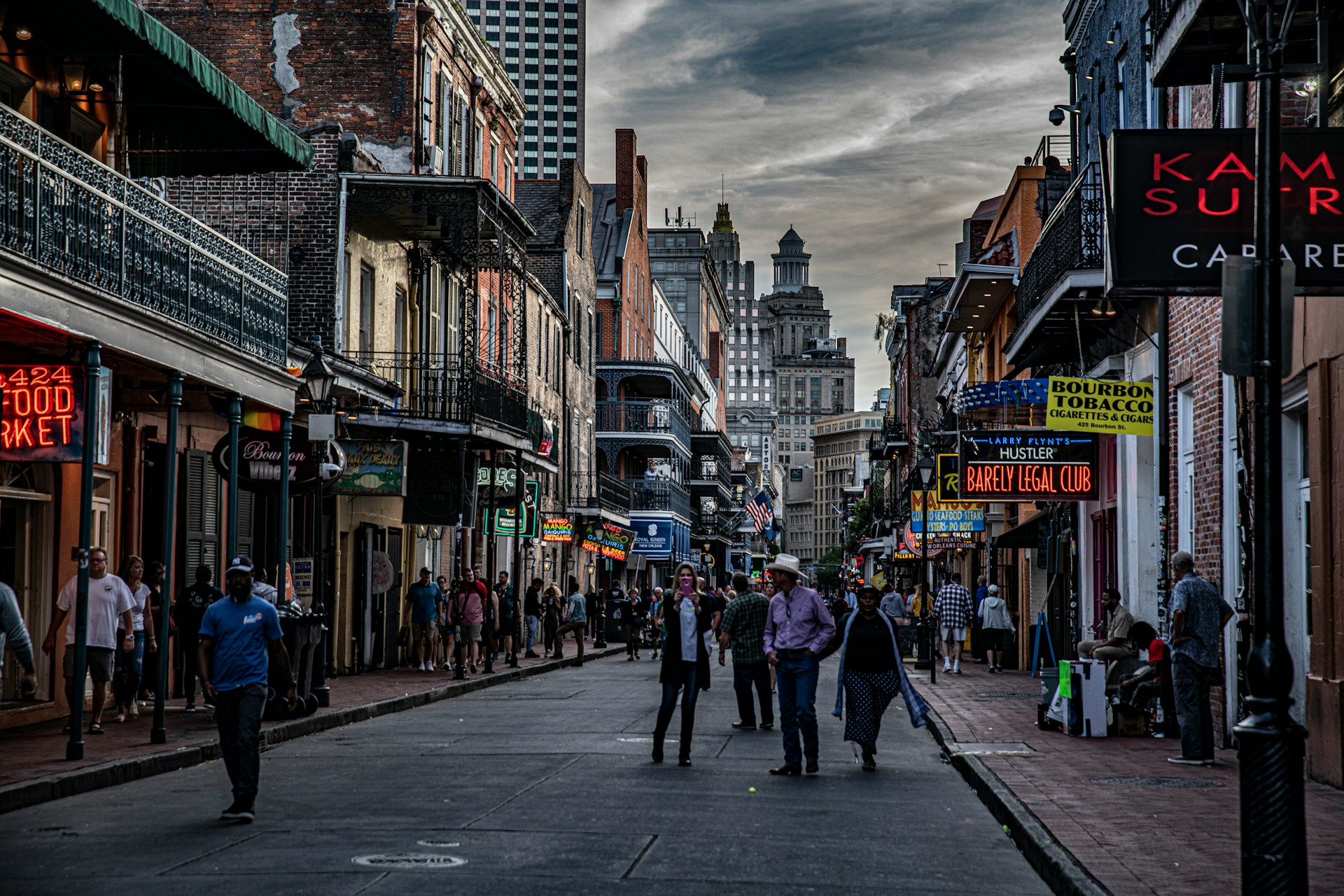
Central City wears scars from storms and policy choices that scattered families and stalled repair. Second line parades, corner restaurants, and porch talk carry on, holding space against blight and speculation. Nonprofits rehab doubles while youth programs teach trades that pay in steady hours rather than promises. Crime headlines travel far. The hum of ordinary care travels farther on a Saturday afternoon. Culture is not a shield, but it is a spine that helps people stand.
Mott Haven, South Bronx, New York City
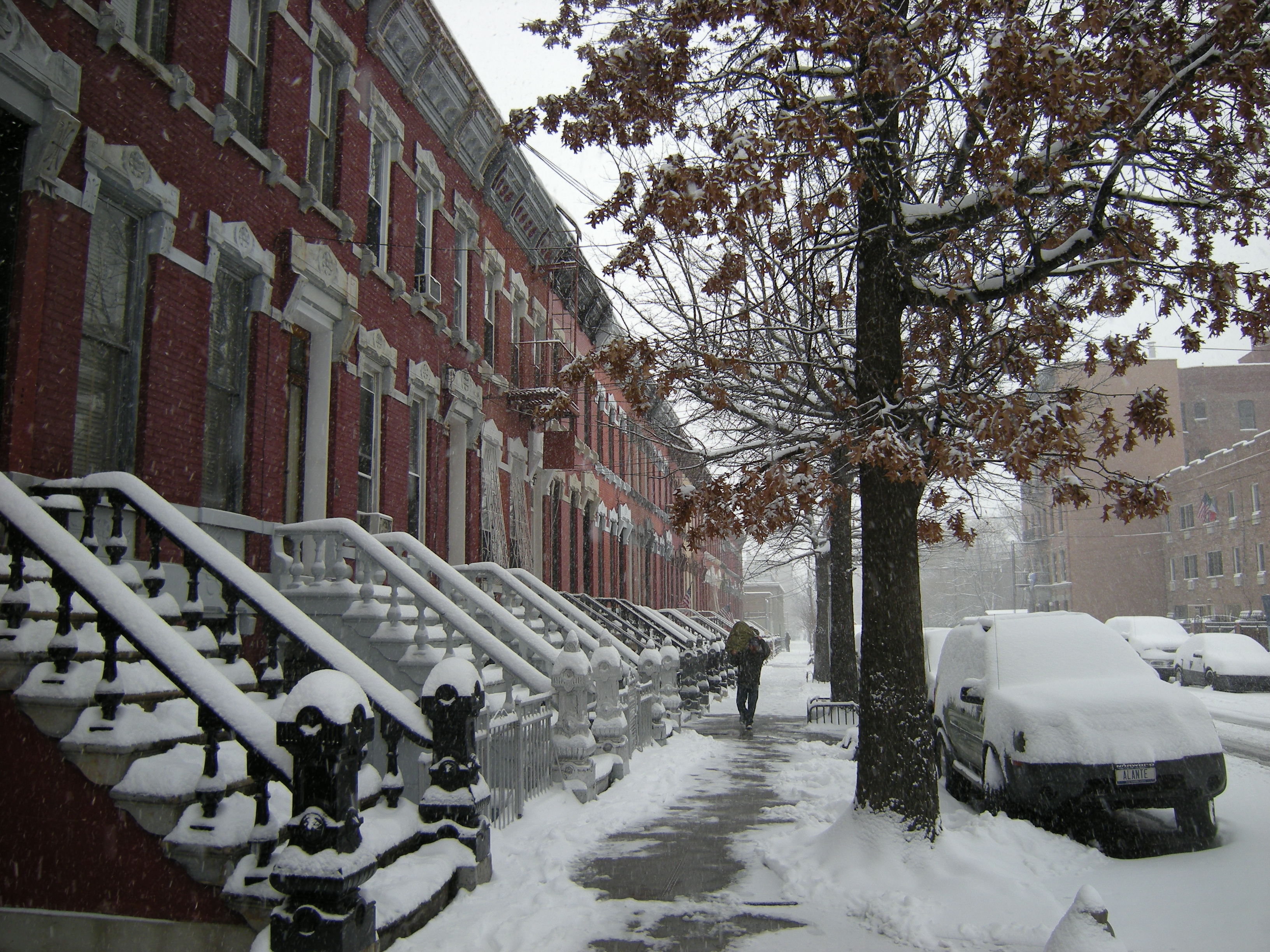
Mott Haven long stood in for the South Bronx stereotype built during the era of fires and flight. Today, waterfront parks, community farms, and poetry slams complicate that picture without erasing worry about rising rents and truck routes. Schools stack art with science, and health advocates push for cleaner air. Corner delis sponsor teams and remember names. The neighborhood holds tight to its grit, its humor, and a growing set of options that feel earned.
Watts, Los Angeles
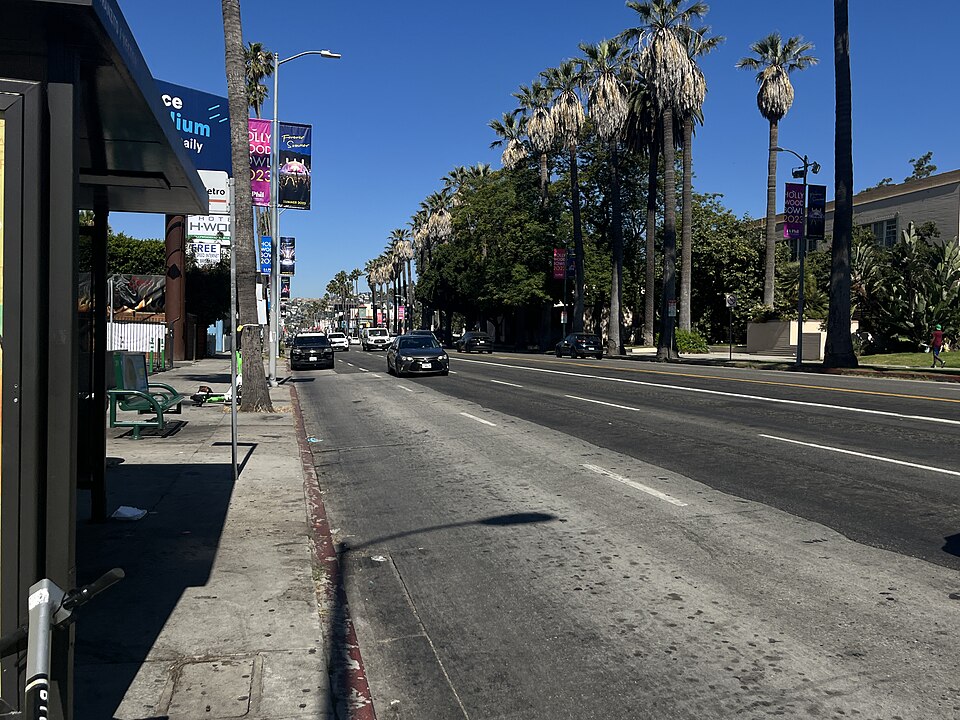
Watts is remembered for uprisings more than for everyday craft and care. The Watts Towers rise over streets that cycle through tension and tenderness, with block parties sharing the calendar with vigils. Youth arts programs, gardens, and small manufacturers create pathways less fragile than talk. Transit links help, but stable work and housing remain the hinge. The name carries weight across the city. So does the quiet labor of staying and making tomorrow possible.
East New York, Brooklyn, New York City
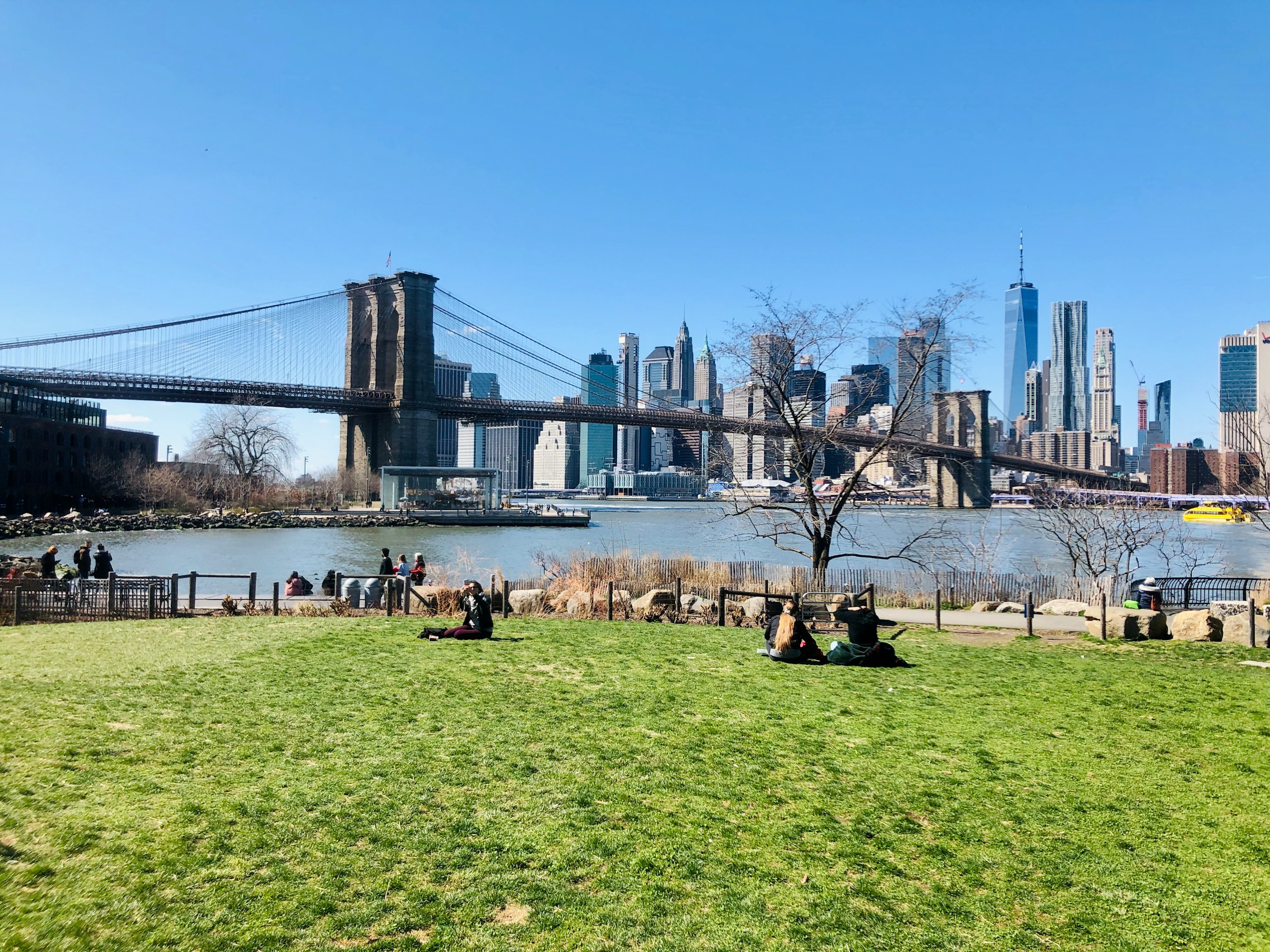
East New York’s reputation grew from decades of neglect and tough numbers. Homeowners and tenants organize around safety, repairs, and fair lending as new zoning shapes blocks for the next decade. Community schools open late for adult classes while gardens replace dumpsites with collards and sunflowers. The subway gets residents across the city, but the hope is to grow more opportunity closer to home. Pride here looks practical, steady, and determined to outlast doubt.
South Dallas, Dallas
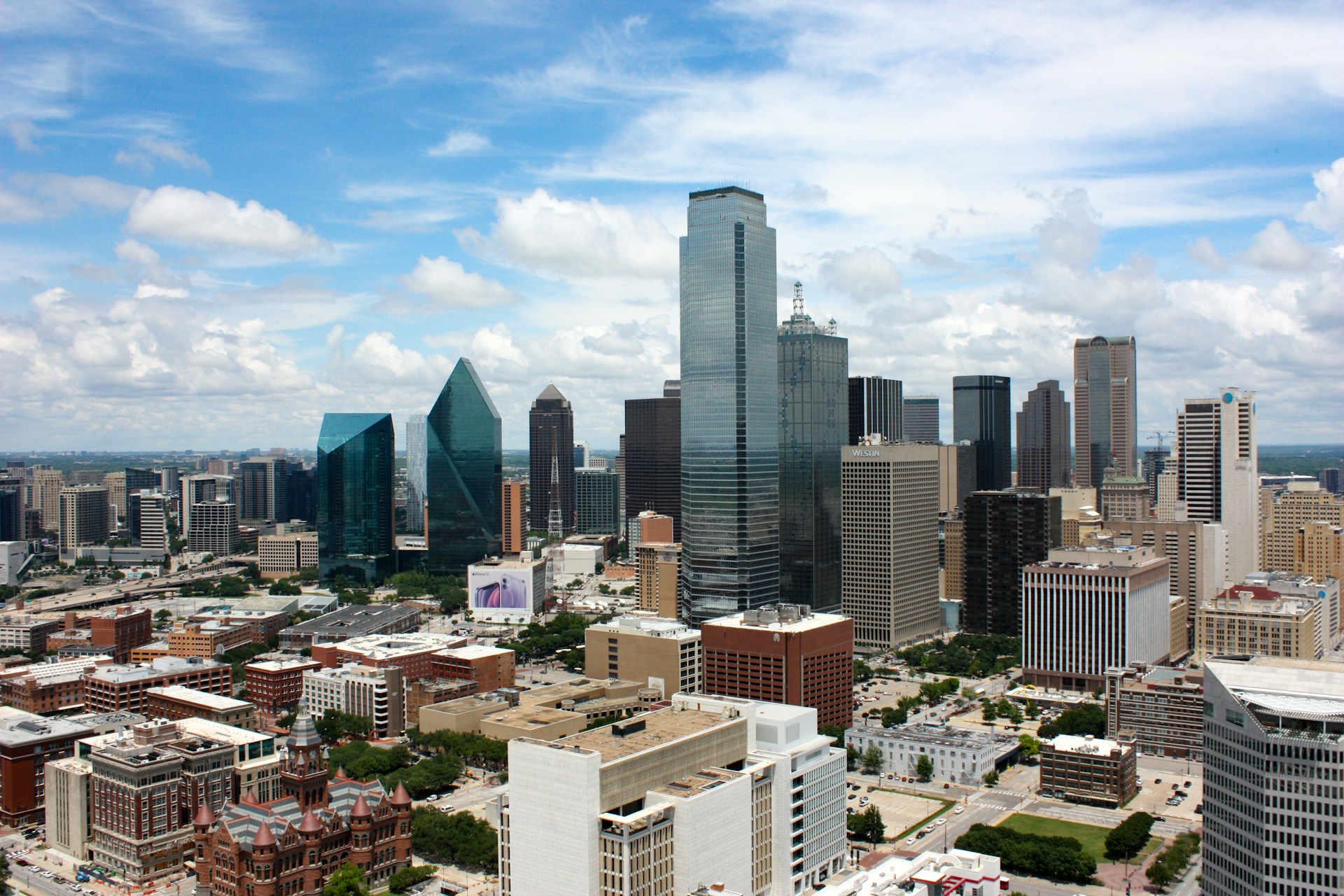
South Dallas stretches from fairgrounds to long corridors of small storefronts, many tested by lean seasons. Churches, marching bands, and neighborhood groups keep traditions alive while pressing for cleaner streets and better lighting. Cultural anchors like blues clubs and barbecue joints frame a sense of legacy that invites respect. Investment arrives in fits and starts, so residents push for basics that make each day safer and easier. The reputation softens when attention lingers and listens.
